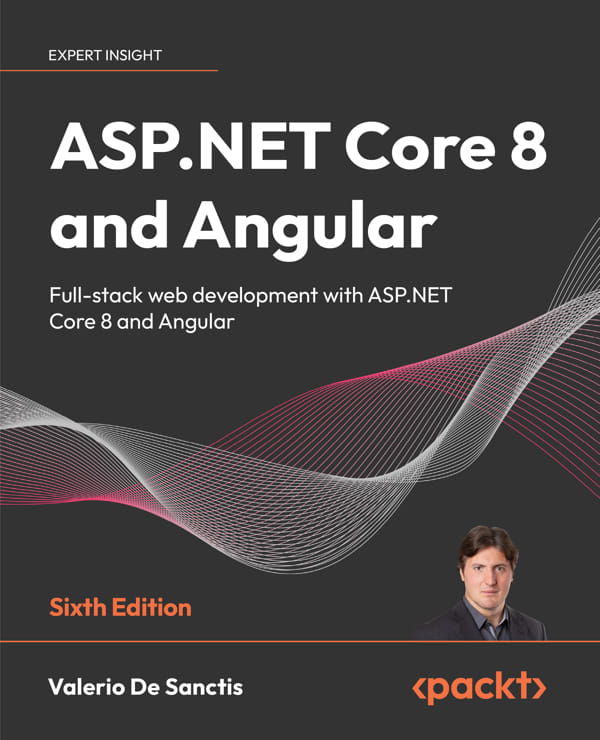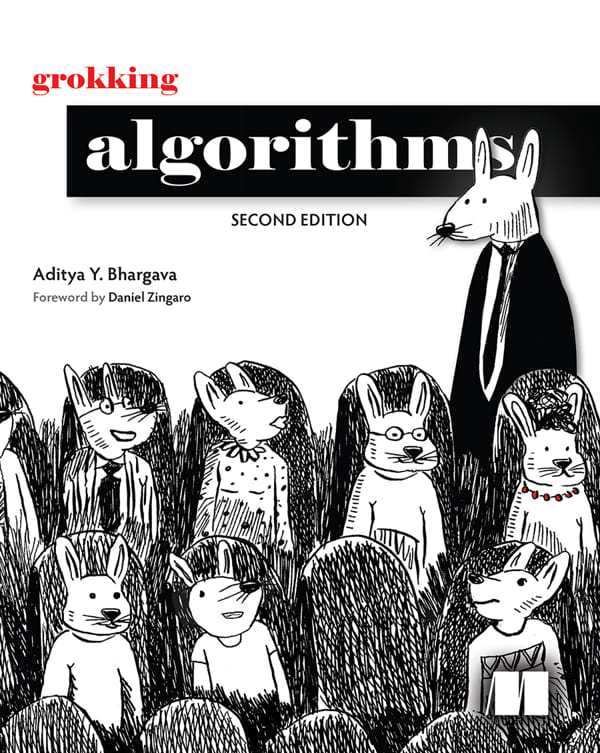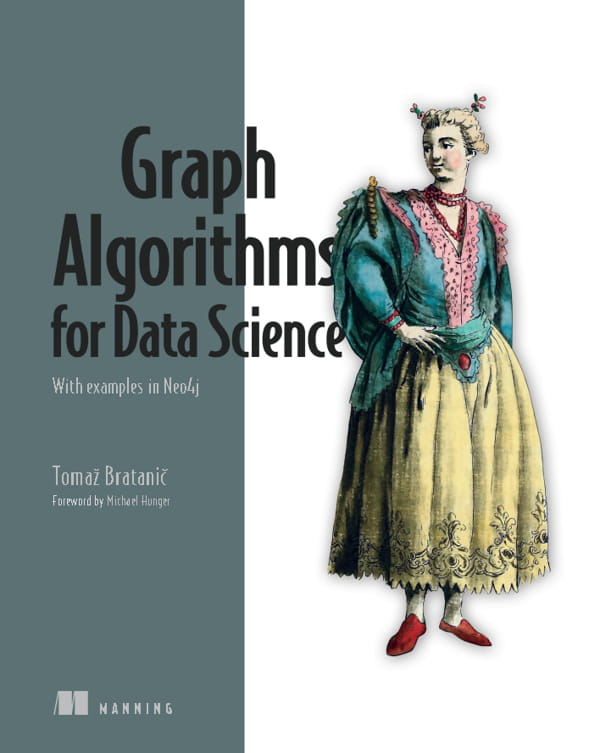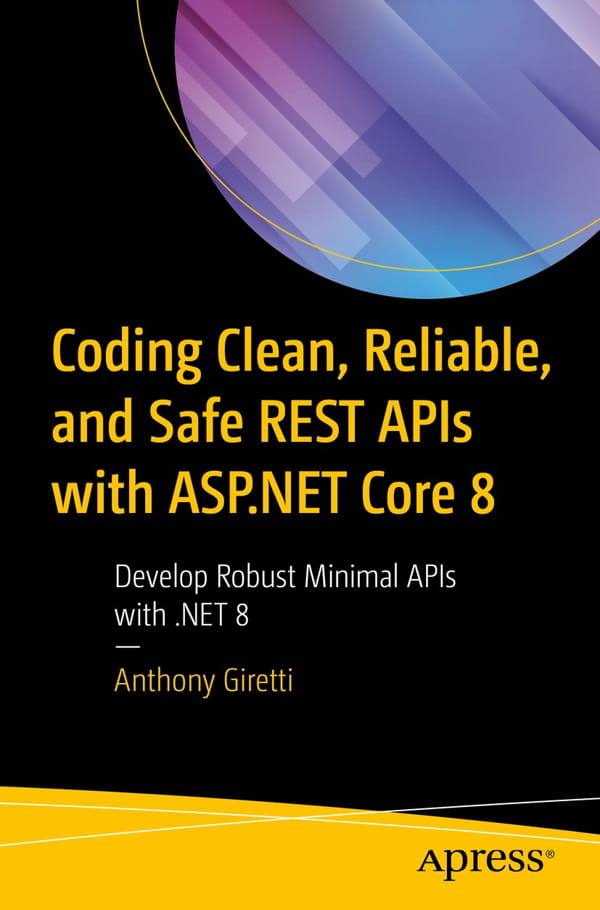Data and Computer Communications 8th Edition
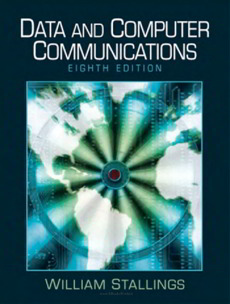
در این کتاب تلاش شده تا بررسی اجمالی یکپارچه ای از حوزهی گستردهی داده و ارتباطات کامپیوترها فراهم شود. سازماندهی کتاب منعکس کنندهی تلاشی برای شکستن چنین موضوع سنگینی به بخش هایی جامع و ساختن جزء جزء بررسی آخرین تکنولوژیهای کامپیوتر است. در این کتاب بر روی اصول پایه ای و موضوعاتی که از اهمیت اساسی مربوط به تکنولوژی و معماری در این حوزهها تاکید دارد و بحثهای دقیقی در مورد مباحث پیشرو شده است.
I. Overview: Provides an introduction to the range of topics covered in the book. In addition, this part includes a discussion of protocols, OSI, and the TCP/IP protocol suite. II. Data Communications: Concerned primarily with the exchange of data between two directly connected devices. Within this restricted scope, the key aspects of transmission, interfacing, link control, and multiplexing are examined. III. Wide Area Networks: Examines the internal mechanisms and user-network interfaces that have been developed to support voice, data, and multimedia communications over long-distance networks. The traditional technologies of packet switching and circuit switching are examined, as well as the more recent ATM. A separate chapter is devoted to congestion control issues. IV. Local Area Networks: Explores the technologies and architectures that have been developed for networking over shorter distances. The transmission media, topologies, and medium access control protocols that are the key ingredients of a LAN design are explored and specific standardized LAN systems examined. V. Networking Protocols: Explores both the architectural principles and the mechanisms required for the exchange of data among computers, workstations, servers, and other data processing devices. Much of the material in this part relates to the TCP/IP protocol suite.
In addition, the book includes an extensive glossary, a list of frequently used acronyms, and a bibliography. Each chapter includes problems and suggestions for further reading.
The book is intended for both an academic and a professional audience. For the professional interested in this field, the book serves as a basic reference volume and is suitable for self-study. As a textbook, it can be used for a one-semester or two-semester course. It covers the material in the Computer Communication Networks course of the joint ACM/IEEE Computing Curricula 1991. The chapters and parts of the book are sufficiently modular to provide a great deal of flexibility in the design of courses. The following are suggestions for course design:
Fundamentals of Data Communications: Parts One (overview) and Two (data communications) and Chapters 9 through 11 (circuit switching, packet switching, and ATM). Communications Networks: If the student has a basic background in data communications, then this course could cover Parts One (overview), Three (WAN), and Four (LAN). Computer Networks: If the student has a basic background in data communications, then this course could cover Part One (overview), Chapters 6 and 7 (data communication interface and data link control), and Part Five (protocols).
In addition, a more streamlined course that covers the entire book is possible by eliminating certain chapters that are not essential on a first reading. Chapters that could be optional are Chapters 3 (data transmission) and 4 (transmission media), if the student has a basic understanding of these topics; Chapter 8 (multiplexing); Chapter 9 (circuit switching); Chapter 12 (congestion control); Chapter 16 (internetworking); and Chapter 18 (network security). Internet Services for Instructors and Students
Table of Contents:
Chapter 1 Data Communications, Data Networking, and the Internet
Chapter 2 Protocol Architecture, TCP/IP, and Internet-Based Applications
Chapter 3 Data Transmission
Chapter 4 Transmission Media
Chapter 5 Signal Encoding Techniques
Chapter 6 Digital Data Communication Techniques
Chapter 7 Data Link Control Protocols
Chapter 8 Multiplexing
Chapter 9 Spread Spectrum
Chapter 10 Circuit Switching and Packet Switching
Chapter 11 Asynchronous Transfer Mode
Chapter 12 Routing in Switched Networks
Chapter 13 Congestion Control in Data Networks
Chapter 14 Cellular Wireless Networks
Chapter 15 Local Area Network Overview
Chapter 16 High-Speed LANs
Chapter 17 Wireless LANs
Chapter 18 Internetwork Protocols
Chapter 19 Internetwork Operation
Chapter 20 Transport Protocols
Chapter 21 Network Security
Chapter 22 Internet Applications—Electronic Mail and Network Management
Chapter 23 Internet Applications—Internet Directory Service and World Wide Web
Chapter 24 Internet Applications—Multimedia
 می پسندم
می پسندم
 به درد نمی خوره
به درد نمی خوره





